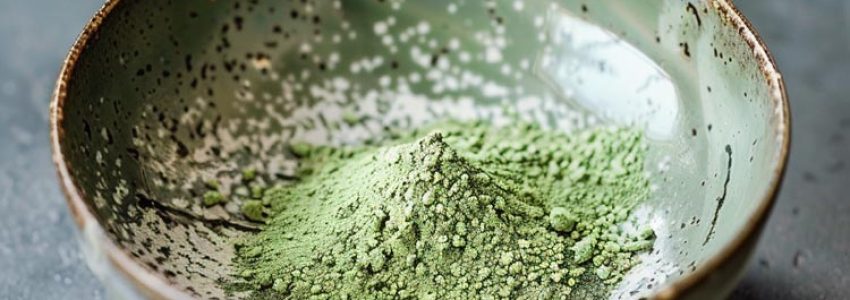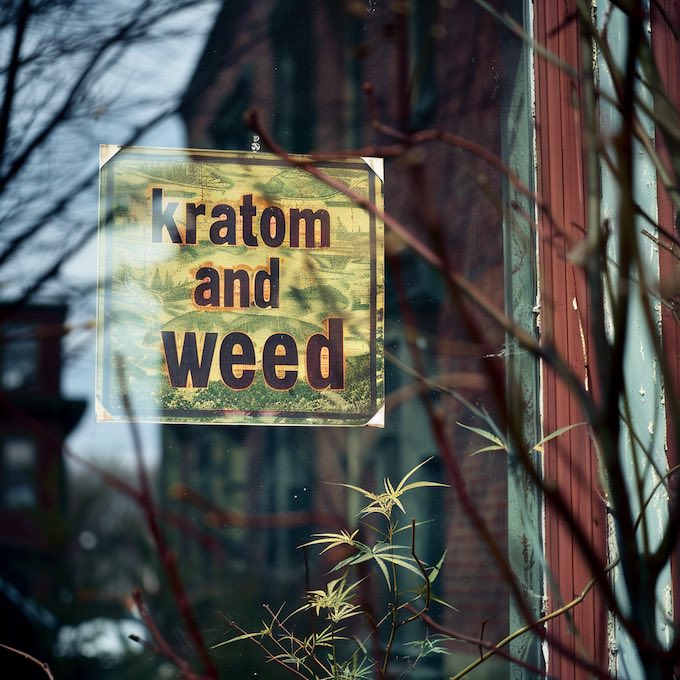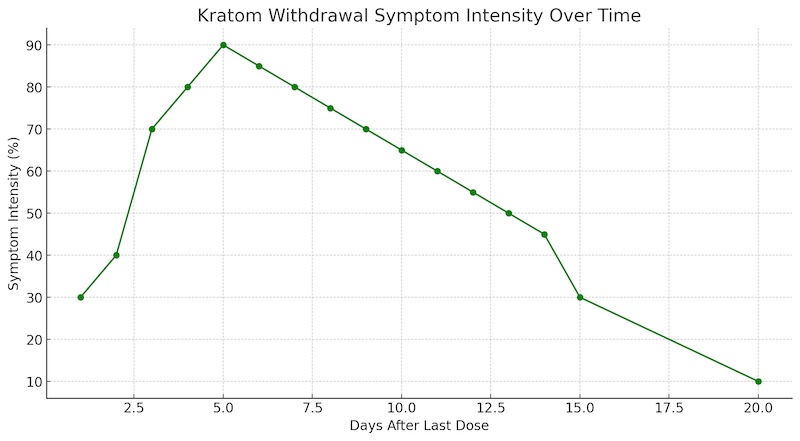Kratom withdrawal is an increasing concern in substance abuse and addiction. This once-obscure herbal product becomes a fixture in mainstream wellness culture. From kratom-infused drinks to powders and capsules marketed as natural remedies, this substance is often touted as a cure-all for pain relief, energy boosts, and relaxation. However, beneath the surface, its darker side started to emerge in Reddit and various community forums that people are talking about their dependency and withdrawal symptoms.
Dr. Karen White, a psychologist specializing in addiction behavior, noted, “Kratom’s appeal lies in its natural label, but this often masks the very real risks of dependency and withdrawal that can disrupt mental and physical health” (National Institute on Drug Abuse). Symptoms like anxiety, irritability, muscle aches, and intense cravings can appear within hours of stopping use, creating a cycle that is difficult to break.
Marketing experts often highlight kratom as an all-natural alternative to traditional medications. “The branding of kratom as a safe, natural solution creates a perception of low risk, which unfortunately leads many to underestimate its addictive potential,” said Dr. Laura Carter, a professor of behavioral psychology at Stanford University.
What Is Kratom?
Mitragyna speciosa, commonly known as kratom, is a tropical tree native to Southeast Asia. Its leaves contain compounds that act on the brain’s opioid receptors, producing stimulant effects at low doses and sedative effects at higher doses. Traditionally, kratom has been used in folk medicine for pain relief, boosting energy, and even helping with opioid withdrawal.
“Kratom’s dual nature—acting as both a stimulant and a sedative—makes it unique but also risky when used frequently or in high doses,” said Dr. Emily Foster, a pharmacologist specializing in addiction at Harvard Medical School (NIDA).
Why Is Kratom So Popular?
Kratom has become a go-to product for many seeking a natural alternative to traditional medications. Its versatility is one of its biggest selling points. According to the National Institute on Drug Abuse, kratom’s active compounds, mitragynine and 7-hydroxymitragynine, activate opioid receptors but produce effects that are milder than traditional opioids like heroin or oxycodone.
However, these same compounds can lead to dependence, especially with prolonged use. “While kratom is often perceived as a safer option compared to opioids, it still carries significant risks, particularly with frequent use,” said Dr. Nora Volkow, director of NIDA (NIDA).
Can Kratom Cause Withdrawal Symptoms?
Yes, kratom withdrawal symptoms are real and can be both physical and psychological. Common physical symptoms include muscle aches, fatigue, tremors, nausea, sweating, and headaches. Psychological symptoms often include anxiety, irritability, mood swings, and cravings. In many cases, these symptoms mirror those seen in opioid withdrawal, though they may be less severe.
“Kratom withdrawal can present unique challenges, as the symptoms often overlap with those of opioid withdrawal but vary in intensity depending on the individual,” noted Dr. Karen White, a clinical psychologist specializing in addiction treatment (NCBI).
Kratom Withdrawal Timeline
Withdrawal symptoms typically begin within 6-12 hours after the last use and peak around 3-5 days. The severity and duration of symptoms depend on factors such as the dosage, duration of use, and the individual’s physiology. Here’s a general timeline:
- Days 1-2: Initial symptoms like anxiety, restlessness, and muscle aches may appear.
- Days 3-5: Symptoms peak, with intense cravings, insomnia, and emotional distress.
- Days 6-14: Symptoms gradually subside, though mild anxiety and cravings may persist.
- Day 15 and Beyond: Most physical symptoms resolve, but some psychological effects, like cravings, may linger.
How to Manage Kratom Withdrawal
If you’re struggling with kratom withdrawal, you’re not alone. Managing symptoms often requires a combination of strategies:
- Tapering: Gradually reducing the dosage can ease the severity of withdrawal symptoms.
- Counseling and Support Groups: Therapy and peer support can help address the emotional challenges of withdrawal.
- Self-Care: Maintain a healthy diet, exercise regularly, and prioritize sleep.
“Professional detox programs provide a structured and safe environment for individuals experiencing severe withdrawal symptoms,” said Dr. Emily Foster (NIDA).
While kratom offers potential benefits, its risks, especially withdrawal, are significant. Understanding these risks and seeking appropriate help is essential for anyone struggling with dependence. If you or a loved one needs support, contact Still Detox at (561) 556-2677.









